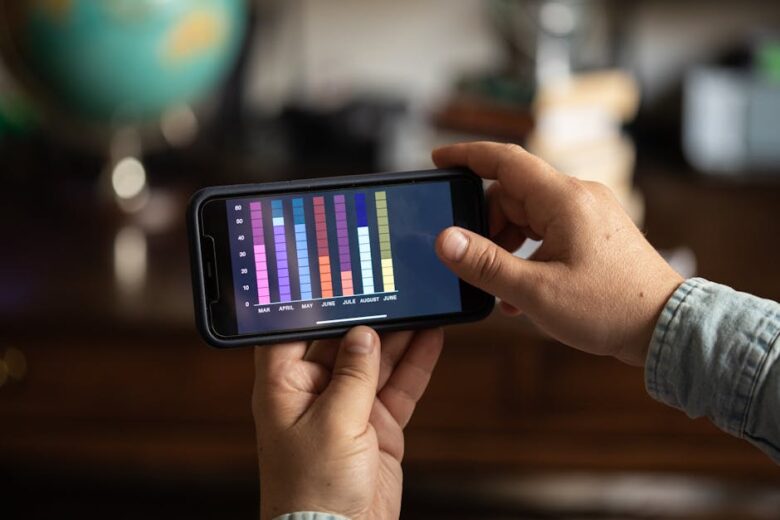How UFO Tracking Devices Are Shaping Future Research
Unidentified Flying Objects (UFOs) have long captured human imagination, sparking countless debates and theories. But with advancements in technology, a new era of UFO research is emerging, driven by sophisticated tracking devices. These technologies are not only reshaping how we study UFOs but also broadening our understanding of these mysterious phenomena. Let’s delve into how UFO tracking devices are revolutionizing future research.
Table of Contents
1. Introduction to UFO Tracking Devices
2. The Technology Behind UFO Tracking Devices
3. Impact on UFO Research
4. Challenges in UFO Tracking
5. The Future of UFO Research
6. FAQs
Introduction to UFO Tracking Devices
The quest to understand UFOs has taken a giant leap forward with the development of advanced tracking devices. Unlike traditional methods that relied heavily on eyewitness accounts and anecdotal evidence, modern tracking devices offer precise and scientific data collection. These technologies are designed to detect, track, and analyze unidentified aerial phenomena, providing researchers with valuable insights.
The Technology Behind UFO Tracking Devices
Modern UFO tracking devices are equipped with cutting-edge technology, combining radar systems, infrared cameras, and satellite data. These devices use a range of sensors to capture high-resolution images and videos, which can be analyzed to determine the speed, altitude, and trajectory of UFOs.
Radar Systems: Radar systems are crucial in detecting and tracking UFOs by sending out radio waves that bounce off objects. The reflected signals help determine the object’s distance, speed, and direction.
Infrared Cameras: Infrared cameras detect heat signatures, making them invaluable for spotting UFOs that may not be visible to the naked eye, especially during nighttime observations.
Satellite Data: Satellites provide a broader perspective, capturing data over large areas and offering a global snapshot of UFO activity.
Impact on UFO Research
The integration of these technologies has significantly impacted UFO research, offering more reliable and comprehensive data. Researchers can now analyze patterns of UFO sightings, leading to more informed hypotheses and studies.
Moreover, the data gathered through these devices helps in identifying potential natural explanations for many sightings, thereby focusing efforts on truly unexplained phenomena. This data-driven approach lends credibility to the field of UFO research, attracting more scientists and researchers to this once-fringe area.
Challenges in UFO Tracking
Despite the advancements, UFO tracking is not without its challenges. The primary hurdle is the vastness of the sky, which makes comprehensive coverage difficult. Additionally, distinguishing between UFOs and known objects like aircraft or weather balloons poses a challenge.
Another significant challenge is the interpretation of data. With limited historical data on UFOs, creating a framework for analysis requires innovative thinking and collaboration across disciplines.
The Future of UFO Research
As technology evolves, so too will the methods of UFO tracking. The future holds the promise of more sophisticated devices with enhanced capabilities, such as AI-driven analysis that can predict UFO trajectories or identify patterns in sightings.
Furthermore, increased collaboration between private companies, governments, and academic institutions will likely lead to more comprehensive research efforts. This collaborative approach could pave the way for groundbreaking discoveries in the field of UFO research.
FAQs
Q: Are UFO tracking devices available for public use?
A: While some basic technologies like infrared cameras are available to the public, most advanced tracking devices are used by researchers and government agencies.
Q: How accurate are these tracking devices?
A: Modern tracking devices are highly accurate, but their effectiveness can vary based on factors like weather conditions, the type of UFO, and the device’s specifications.
Q: What should I do if I spot a UFO?
A: If you spot a UFO, try to capture it on video or photograph it, noting the time, location, and any other relevant details. Report your sighting to a credible UFO research organization.
Conclusion
The advent of UFO tracking devices marks an exciting chapter in the study of unidentified aerial phenomena. By providing reliable, data-driven insights, these technologies are transforming UFO research from speculation to science. As we continue to unravel the mysteries of the skies, one thing is clear: the future of UFO research is bright, intriguing, and full of possibilities. 🌌
Looking for a side hustle
Check out one of the best around atm
